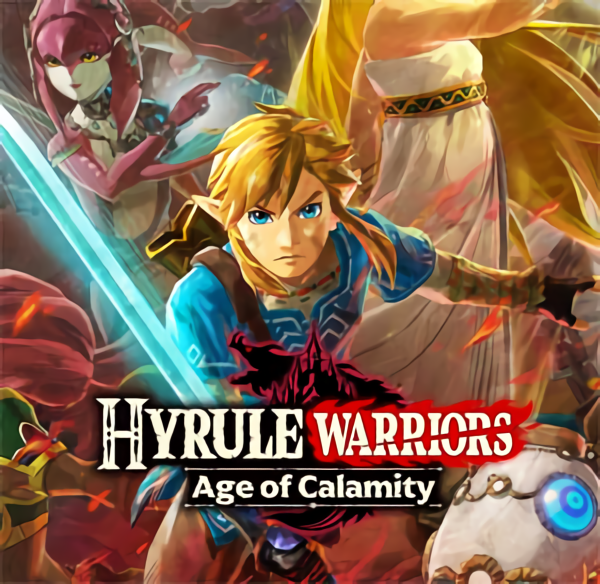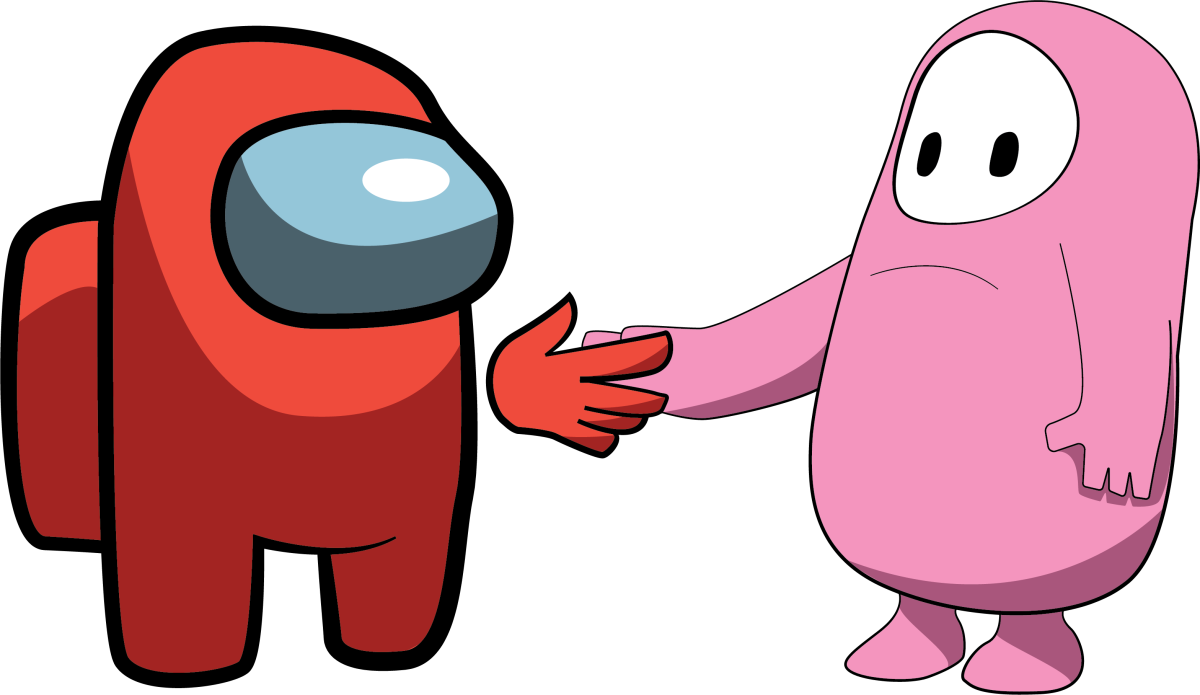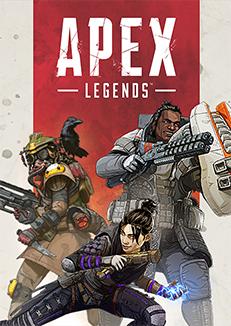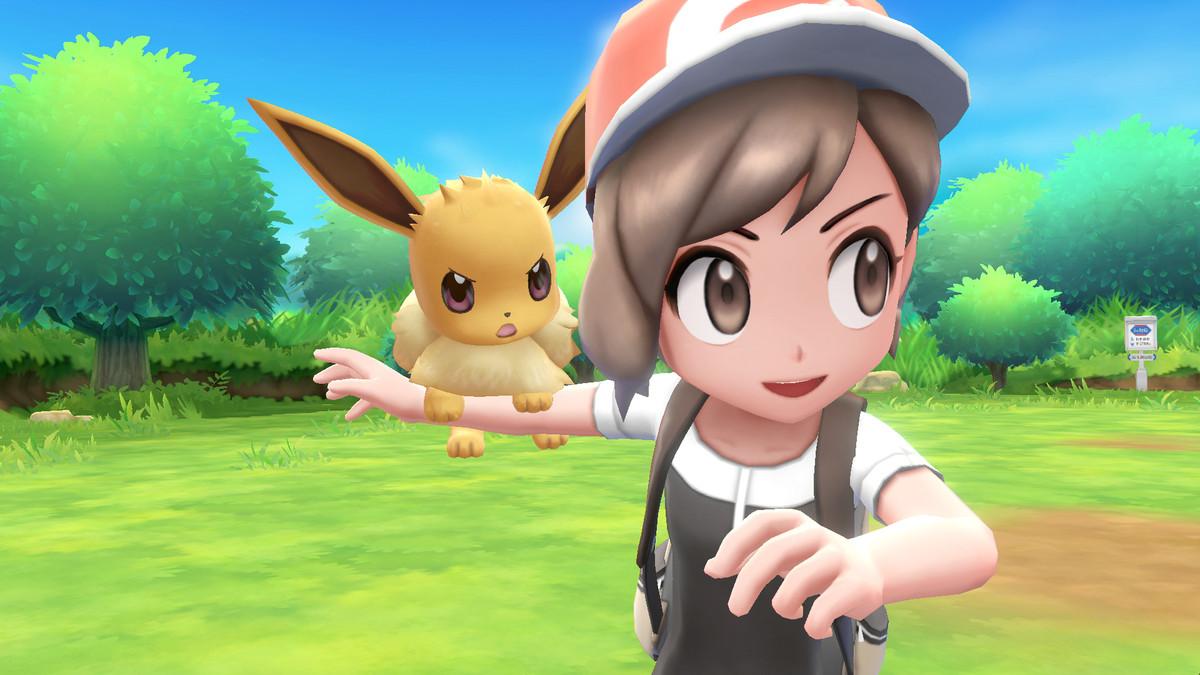By Collin Urban
Final Fantasy 7, released in 1997 for the Playstation 1, and later for Windows computers and iOS devices, is a game that has come to define a generation. Since a remake was announced at E3 2015, the obvious question becomes: does Final Fantasy 7 hold up or is its continued adoration simply a product of nostalgia?
Since 1997, technology has advanced in leaps and bounds making even the mind-blowing additions to the medium Final Fantasy 7 made seem quaint in retrospect. For instance, FF7 utilizes Full Motion Video (FMV), which are 3D models for general gameplay against cutting edge pre-rendered backgrounds. This demonstrates dedication to cinematic style storytelling that was achieved with new storage capacity made available by the introduction of CD-ROMs for consoles. When it was released, it was the most expensive video game that had ever been produced. However, it’s important to note that all of this praise must come with the massive asterisk indicating that many of the things Final Fantasy 7 did were only impressive for its time. Even then it has been outdone by other games in the graphics department, consider that Half-Life came out barely a year later. Even in the same series, Final Fantasy 8 and 9, which were released for the same console but with markedly higher graphical fidelity, outdid it.
All that said, almost every game looks graphically lacking in retrospect, so it’s important to focus on what Final Fantasy did right in the gameplay and story department that even modern games forget.
The first thing that’s worth noting is that Final Fantasy 7 is an open world game. The path you take through it is very much linear and guided before you get a flying Airship that allows you to cross oceans, mountains, and rivers. The Airship is acquired half way through the game. Before this, the player has to make due with walking on foot, or using a small variety of vehicles provided by the story that can only navigate certain terrain. It wouldn’t be incorrect to say that for a majority of the game, the player only experiences the world one chunk at a time. Especially in the early parts of the game the player is trapped via terrain in what is essentially a corridor between the last destination and the new one.
Random encounters in these ‘corridors’ are even adjusted with respect to how powerful the developer expected the player to be, so even if a crafty player can subvert their restrictions, the local fauna will beat them into submission. To a modern perspective, this all seems awful. It seems like the game has tricked us with promises of a vast and open world only to force us to go from location to location. Indeed, more modern open world games like Skyrim, Grand Theft Auto, Farcry, Saints Row, etc, like to promise freedom for the player. “Roam around our vast world! Explore and experience things YOUR way!” they might announce. Make no mistake: this is a disaster of modern game design. In saying that they will grant us freedom, these games sacrifice structure so that the players can wander aimlessly around without consequence before they inevitably go back to the story missions to experience game play in a small linear environment. The freedom to explore the world freely is a reward in Final Fantasy 7 because the game understands that freedom needs to be earned. Thus the second half of the game still manages to feel massive despite the actual size being pitiful by modern standards.
Another thing Final Fantasy does that modern open world games don’t is involve minigames. As far as general distractions go, a game like Grand Theft Auto might take its open world and sprinkle in optional side missions, various vehicle challenges, and collectables. The problem with this is that most of the extra content is basically things that you’ve already done in regular gameplay. As such, these missions feel boring after a while. Most of the time, they only reward the player with extra money, which is awarded by story missions. Final Fantasy 7, on the other hand, populates its open world with snowboarding, bike chases, marching exercises, a real time strategy/tower defense hybrid, animal husbandry, carnival rides, and various puzzle challenges. These minigames are different than normal gameplay (i.e a party of three characters fight in a turn based structure.) It’s a real divergence from the regular gameplay as opposed to the same gameplay with different set dressing. It’s even more impressive when you consider that many of the minigames included could have been entire standalone games few years earlier. They all give rewards like special gear, new party members, new magic spells, or unlock each character’s ultimate attack. Since none of the rewards are obtainable in any other manner, the player has the intrinsic motivation of mixing up the gameplay combined with the extrinsic motivation that the varied rewards provide.
As for the gameplay itself, the Active Time Battle system provides a mix of the strategy that comes with a turn based approach and the fast pace that comes from real time gameplay. The Materia system that allows for customization of characters by equipping various magic spells and special abilities that alter character statistics is easy to learn and of middling difficulty to master. RPG veterans will find these systems intuitive but somewhat lacking in challenge. It won’t be changing the hearts and minds of people outright opposed to turn based gameplay, but those on the fence will be drawn to the low random encounter rates and almost no grinding requirements as the game tends to prioritize working smarter as opposed to harder. Overall, the standard gameplay is perfectly functional and has aged well.
The story, however, shows its age in some parts. There are times when all 5 polygons on the faces of the character models attempt to emote, or when the low resolution FMVs are stretched and squashed to accommodate modern aspect ratios. With that said, the writing is timeless. Most party members have believable motivations combined with sympathetic flaws, the game is often dramatic without being silly, funny without being cringe-worthy, and the switch between comedic and dramatic segments is never jarring or forced. The comedy serves as a relief from the drama, but the drama is compelling enough that you never want to be away from it for too long. The story can feel a bit contrived at times as it continually makes up excuses to force a three party member maximum. In the beginning one character goes so far as to claim that the area is dangerous so the party should split up, and no one even bothers to suggest that there might be safety in numbers. That said, the story has a ton of memorable moments strewn about a landscape that’s so wide and diverse that part of the appeal of playing is just to see where you’ll end up next.
So in fine analysis, Final Fantasy 7 has aged, as all things must, but it’s still good enough to wholeheartedly recommend playing. The old graphics and turn based combat might make it seem like it’s just a relic of its era, but the game is so thoughtfully designed and written that such assumptions crumble under the weight of the game’s timeless qualities. In an era where many games were struggling to make the transition to 3D, Final Fantasy 7 triumphed because it stuck to its solid design, adapted elements from 2D Final Fantasy that worked, dismissed those that didn’t, and changed the formula to keep the experience fresh.






























